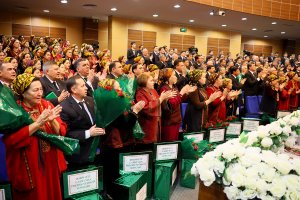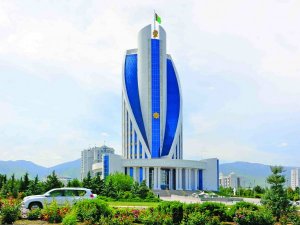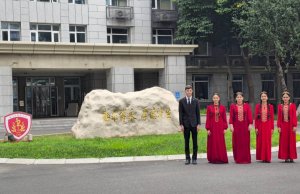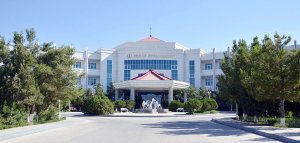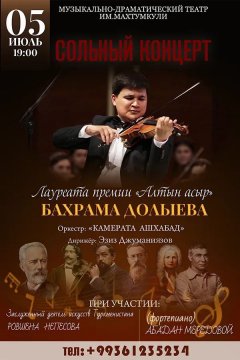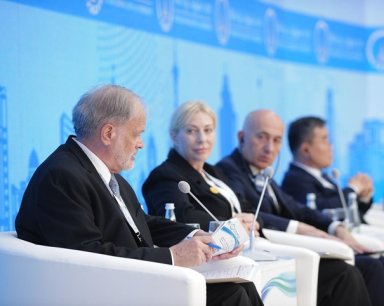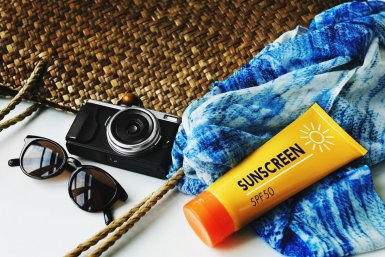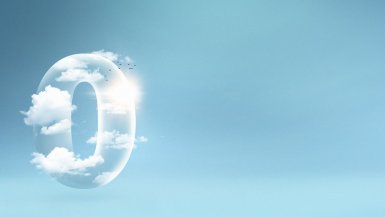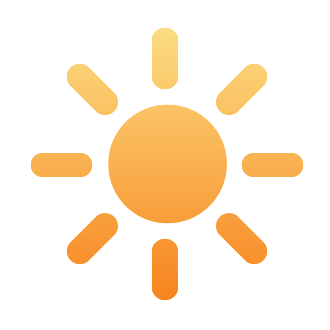Recommendations on the use of protective masks for children in public places and at home have been developed jointly by the world health organization (WHO) and the United Nations Children's Fund (UNICEF). This is reported by the UN press service.
So, it is recommended to approach the issue of using masks taking into account the age of children: children under 5 years of age should not wear masks, since they are not able to wear them correctly without constant outside help.
According to these recommendations, children aged 12 years and older should wear masks in the same situations as adults, in particular when they are unable to maintain a physical distance of more than one meter from others, and if there is a high risk of transmission of the virus in the area where they live or study.
Parents of children aged 6-11 years are advised to make a decision about the need for precautionary measures based on the following factors:
• specific probability of infection with the virus in the child's area of residence or education;
• to what extent can a child use the mask safely and correctly without constant supervision;
• ability to change masks to new ones or erase them and change them periodically;
• opportunity to explain the rules of wearing masks to children;
• taking into account how wearing a mask can affect a child's learning and psychosocial development, which should be discussed with teachers, parents, guardians, or medical professionals.
• a child's contact with adults who are at high risk of developing serious diseases, such as the elderly and sick.
Children of any age with developmental disabilities or other specific diseases do not have to wear masks. This decision must be made by the child's parent, guardian, teacher, or medical professional on an individual basis.
Children who are generally in good health can wear a non-medical or fabric mask, and an adult must ensure that the correct size of the fabric mask is sufficient to cover the child's nose, mouth, and chin.
Children with comorbidities such as cystic fibrosis, cancer, or immune suppression should wear a special medical mask.
Children with COVID-19 symptoms should be provided with a medical mask not only in public places, but also at home. Family members who are at home at a distance of less than one meter from a sick child should also wear a mask. If a healthy child in the family is less than one meter away from a sick relative, he should also wear a medical mask at this time.
The mask can create certain problems in the case of certain types of disabilities or in speech lessons, when the teacher needs to see the articulation of students. In these cases, WHO and UNICEF recommend using transparent face shields, but make sure that the shield covers the entire face and reaches up to the chin. Children should be taught how to properly wear a face shield to avoid injury.

